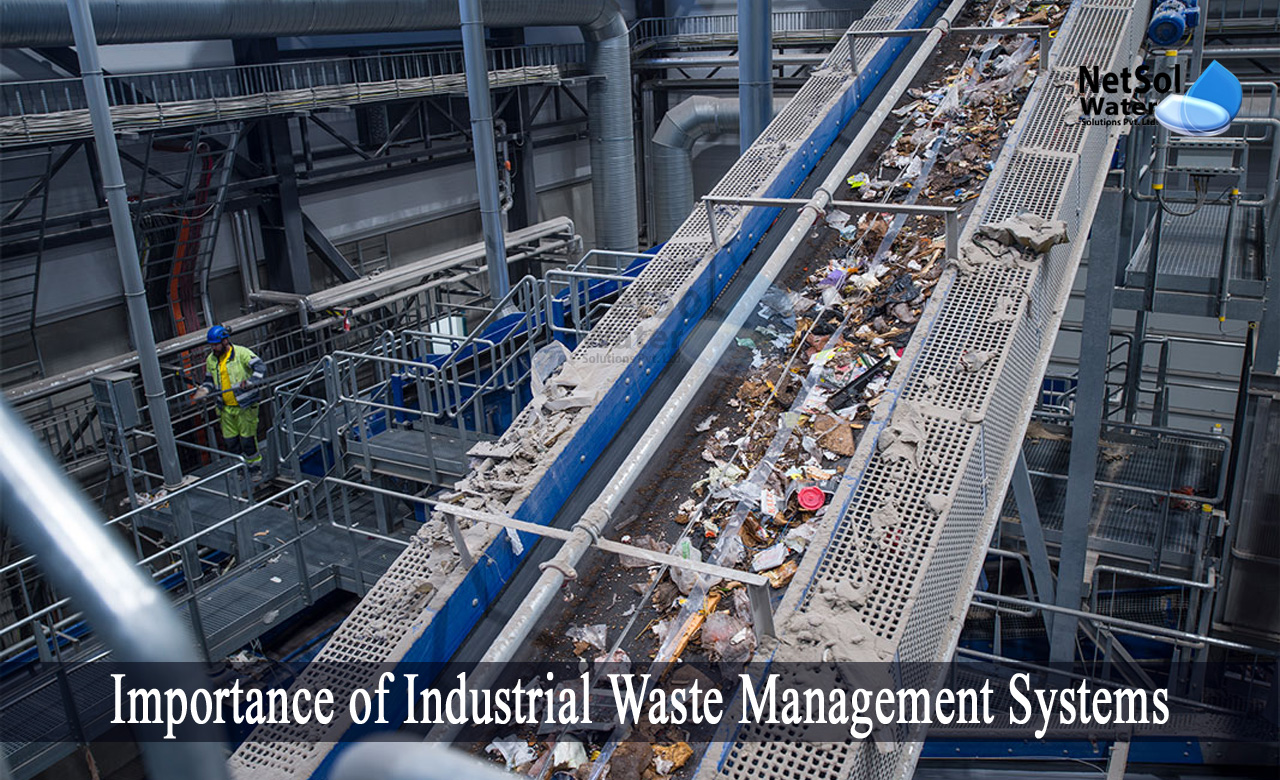Excitement About Reclaim Waste
Table of ContentsThe smart Trick of Reclaim Waste That Nobody is Talking AboutSome Known Facts About Reclaim Waste.The Reclaim Waste StatementsExcitement About Reclaim WasteReclaim Waste Can Be Fun For Anyone
Discover the types, events, and types of liquid waste. Domestic sewer waste refers to the waste and items from a residential septic tank. This kind of waste is created by humans in residences, institutions, and other structures. This only includes septic containers that have a drainpipe field. The correct administration and disposal of residential sewer waste require fluid waste to be transferred to a sewer therapy plant where the appropriate techniques and equipment are related to cleanse and throw away waste.
Business waste often includes potential risks, such as combustible products or a combination of liquid and strong waste products, and needs a more advanced and detailed disposal process. The disposal of industrial waste usually involves the filtration of waste prior to transportation to make certain safe and appropriate disposal. Hazardous waste is created from by-products and overflow of commercial procedures and manufacturing.
This kind of waste can not make use of the same sewage administration transport or processes as septic or commercial liquids. The hazardous waste administration procedure calls for the evaluation and testing of liquid waste prior to it undertakes the disposal procedure (liquid waste disposal melbourne). Overflow waste is the liquid waste that comes from overflow and excess stormwater in very populated areas or cities
Runoff waste can cause contamination and flooding otherwise taken care of properly. Discover more regarding drain cleansing and waste management. Guaranteeing proper waste monitoring can protect against calamities and minimize ecological injury. Both individuals in property setups and experts in industrial or production markets can benefit from understanding the processes and regulations of fluid waste administration.
The 8-Minute Rule for Reclaim Waste
Get in touch with PROS Providers today to discover our waste monitoring and disposal services and the appropriate methods to look after the liquid waste you generate.
This so-called 'wastewater' is not only a crucial source yet, after treatment, will certainly be launched to our land, waterways or the ocean. Used water from commodes, showers, baths, cooking area sinks, laundries and industrial processes is recognized as wastewater.

water made use of to cool equipment or tidy plant and tools). Stormwater, a type of wastewater, is overflow that moves from farming and city areas such as roof coverings, parks, yards, roads, paths and gutters right into stormwater drains, after rain. Stormwater flows untreated directly to neighborhood creeks or rivers, ultimately reaching the ocean.
The 30-Second Trick For Reclaim Waste
In Queensland, the majority of wastewater is dealt with at sewage therapy plants. Wastewater is transferred from domestic or industrial sites via a system of drains and pump stations, known as sewerage reticulation, to a sewer therapy plant.
The Division of Natural Resources encourages neighborhood governments regarding handling, operating and maintaining sewage systems and therapy plants. In unsewered locations, city governments may call for homeowners to set up private or house sewer therapy systems to deal with residential wastewater from bathrooms, cooking areas, shower rooms and laundries. The Department of Natural Resources authorizes using home systems when they are proven to be reliable.
Many stormwater gets no therapy. In some brand-new communities, treatment of some stormwater to get rid of trash, sand and crushed rock has actually begun making use of gross contaminant traps. Wastewater therapy happens in four stages: Gets rid of solid issue. Bigger solids, such as plastics and various other objects mistakenly released to drains, are eliminated when wastewater is travelled through screens.
Wastewater then streams check my source right into big containers where solids clear up and are gotten rid of as sludge. Oil and residue are skimmed from the surface area. Uses little living microorganisms understands as micro-organisms to break down and remove continuing to be dissolved wastes and fine particles. Micro-organisms and wastes are included in the sludge. Removes nitrogen and phosphorus nutrients that might cause algal blossoms in our rivers and endanger aquatic life.
Our Reclaim Waste Ideas
Nutrient removal is not readily available whatsoever sewer therapy plants due to the fact that it calls for expensive specialist equipment. It is becoming more usual in Queensland. Clear liquid effluent generated after treatment might still have disease-causing micro-organisms. If this effluent is launched into waterways such as rivers or the sea, the micro-organisms will at some point die out.

The majority of wastewater moves into the sewage system. Under the Act, local federal governments administer authorizations and permits for eco appropriate tasks (Ages) including wastewater releases that could have a local impact.
Examine This Report on Reclaim Waste
Monitoring provides valid information regarding water high quality and can verify that permit conditions are being met. The info obtained through monitoring offers the basis for making water high quality decisions.
Comments on “9 Easy Facts About Reclaim Waste Explained”